The real estate market report for the second and third quarters in Ho Chi Minh City and neighboring areas shows clear signs of recovery in terms of supply, demand and selling prices, opening up expectations for the upcoming period.
Speed up the release process
According to Mr. Vo Hong Thang, Deputy General Director of DKRA Consulting, the apartment market has grown significantly. In the second quarter alone, primary supply increased by about 40% over the same period, mainly concentrated in Ho Chi Minh City (old) and Binh Duong (old), accounting for nearly 80% of total supply. Notably, demand for apartments also increased more than 3 times, partly reflecting the positive sentiment of people after the merger and administrative boundary adjustment. Primary selling prices also increased slightly, from 3% to 8%, concentrated in the mid-range and high-end segments, leading to an improvement in secondary liquidity from 4% to more than 10% compared to the previous quarter.
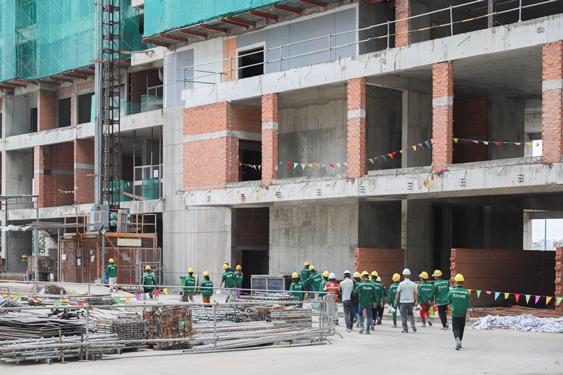
A Novaland project in Ho Chi Minh City continues construction after legal problems were resolved.
The townhouse and villa segment recorded even more remarkable growth. New supply recovered strongly, 6 times higher than the same period last year, mainly concentrated in Long An (now Tay Ninh), thanks to major investors such as Vingroup boosting sales activities. The number of primary transactions also increased nearly 6 times. Primary prices edged up slightly, while secondary prices increased by about 6%, showing that real demand remained quite stable despite high prices.
In particular, the merger between Ho Chi Minh City, Binh Duong and Ba Ria - Vung Tau has turned the new Ho Chi Minh City into a "super city" of unprecedented scale, opening up enormous potential for real estate development. Not only geographically and administratively, the merger also creates a dynamic economic region, thereby stimulating strong demand for housing, investment, production and services.
In addition, since the beginning of the year, a series of positive news such as boosting public investment, starting and completing key routes, along with policies to remove legal obstacles and loosen credit have added strength to the entire economy and especially the real estate market. This is the "key" to help unblock capital flows, speeding up the launch of projects that were waiting before.
The real estate market in the South has therefore become much more vibrant. In just a short time, a series of enterprises in Ho Chi Minh City as well as neighboring provinces have simultaneously launched new apartment and land projects. In particular, projects in the old Binh Duong area, with affordable prices, only from about 38-45 million VND/m², have quickly attracted a large number of customers.
According to Batdongsan's forecast, thanks to legal solutions, infrastructure improvements and increased demand after the merger, the housing supply in Ho Chi Minh City in 2025 could reach 12,000-15,000 apartments, along with about 1,500-2,000 townhouses and villas, an increase of 30%-40% compared to the previous year.
Prices are unlikely to fall much.
Many experts predict that with the administrative merger process, the Ho Chi Minh City market may need more time to complete legal procedures and adjust planning, thereby temporarily slowing down project approval progress. However, when supply is still limited, upcoming luxury projects are expected to continue to push up prices in the high-end segment by 5%-7%, even approaching the mark of 6,000 USD/m².
Many real estate business leaders believe that the overall selling price of the whole market may be "softer" because after the merger, the number of mid-segment projects has increased significantly. However, for each specific project, the price still shows no sign of decreasing, in some places it has even increased by 5%-10% compared to before the merger. This is also an easily seen feature when the subsequent sales are often higher than the first to maintain attraction and optimize profits.
Mr. Ta Trung Kien, Director of Wowhome Real Estate Company, believes that the merger will not only reduce administrative barriers between the three localities but also facilitate project approval and construction licensing. In particular, key infrastructure projects such as Ring Road 3, Ring Road 4, Ho Chi Minh City - Thu Dau Mot - Chon Thanh Expressway and Bien Hoa - Vung Tau Expressway (expected to be completed by the end of 2025), will shorten travel time between areas to only 30-45 minutes. This will further increase the attractiveness of the outskirts of Ho Chi Minh City, stimulating the supply of new projects.
Mr. Kien predicted that when the legal system is more open, capital mobilization from customers and credit institutions will be more favorable, and more diverse products will appear in the market. However, he also warned: "Real estate prices will hardly decrease due to the new land price list and new zoning after the merger. Investors need to carefully consider their needs and finances, and choose locations near urban areas, industrial parks, and highways - places with great potential from the need for population dispersion and infrastructure - to optimize investment efficiency."
According to Mr. Le Hoang Chau, Chairman of the Ho Chi Minh City Real Estate Association, although the market supply has shown signs of recovery, housing prices are still very high. He said that the Ho Chi Minh City People's Committee needs to consider solutions within its authority to remove obstacles for social housing enterprises, in order to achieve the goal of developing 100,000 social housing apartments in the 2021-2030 period, while promoting the real estate market to develop safely, healthily and sustainably.
Promoting the implementation of these projects not only contributes to increasing housing supply and adjusting product structure, but also creates room for reducing housing prices. At the same time, the city also assigned the Department of Construction to preside over and coordinate with departments and branches to urgently review about 220 projects with legal problems, and propose solutions to handle 68 commercial housing projects that have been stopped or not yet implemented in the area.
Apartment prices in Hanoi remain high
Nationwide, research firms such as Avison Young, Knight Frank and One Mount Group have recorded that the apartment market in Hanoi continues to recover, with prices trending upward. The average primary apartment price has approached about 3,300 USD/m², up more than 25% over the same period last year. Hanoi has also witnessed a boom in new launches and transactions, nearly double that of the previous quarter, showing that absorption is still very strong despite high prices.
A notable point is that in Hanoi, apartment prices increased faster than in Ho Chi Minh City, mainly because the supply structure is heavily tilted towards mid- to high-end projects, lacking new mid-range supply. In fact, in the second quarter, no mid-range projects were opened for sale in Hanoi. Cheaper apartments, under VND65 million/m2, were only scattered in the eastern area or on the outskirts of the city, further pushing demand to higher-priced projects, contributing to pushing the general price level up.
Source: https://nld.com.vn/nguon-cung-nha-o-tang-manh-196250714201657129.htm




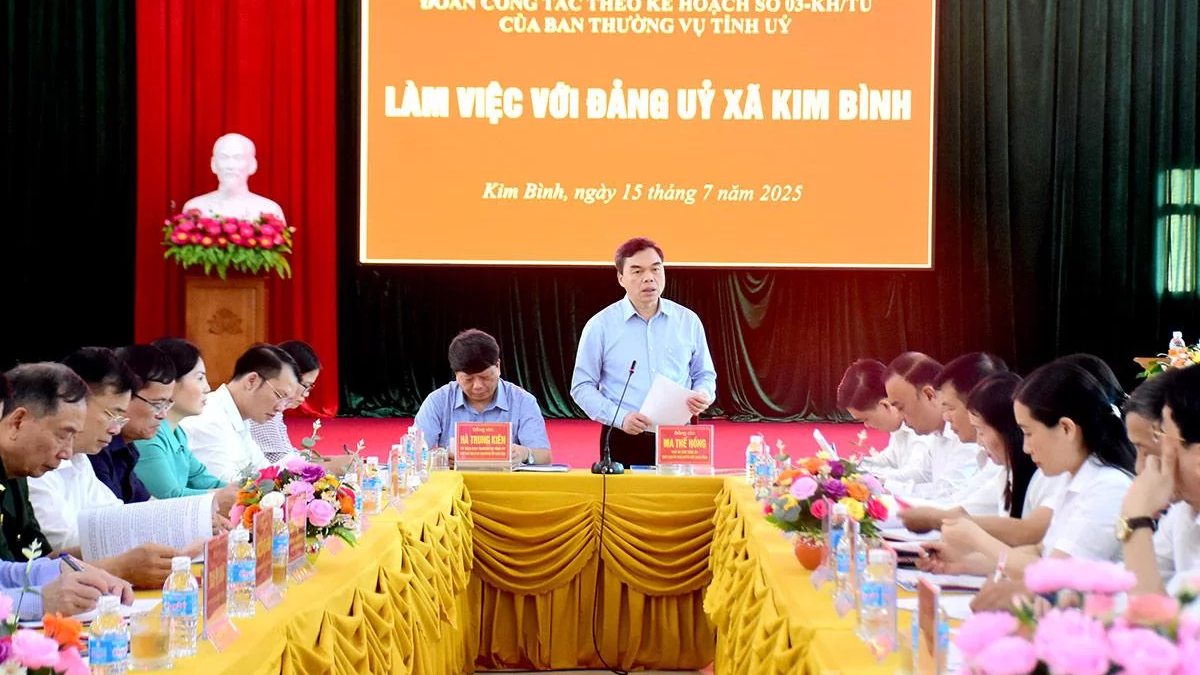
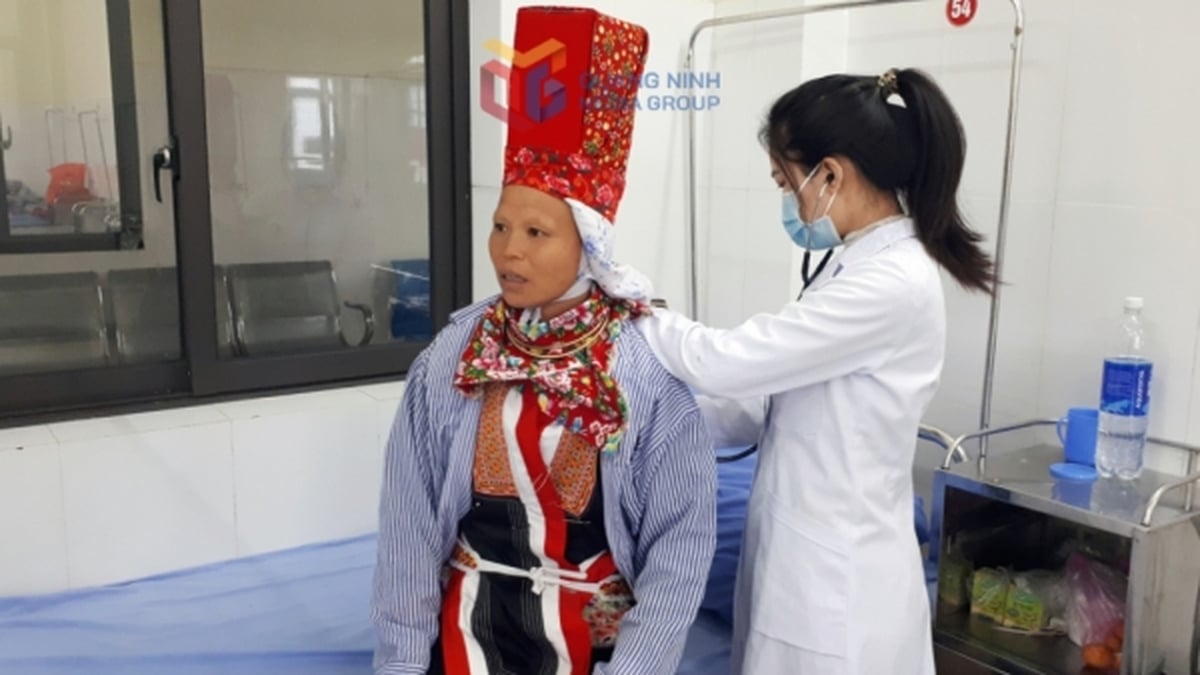





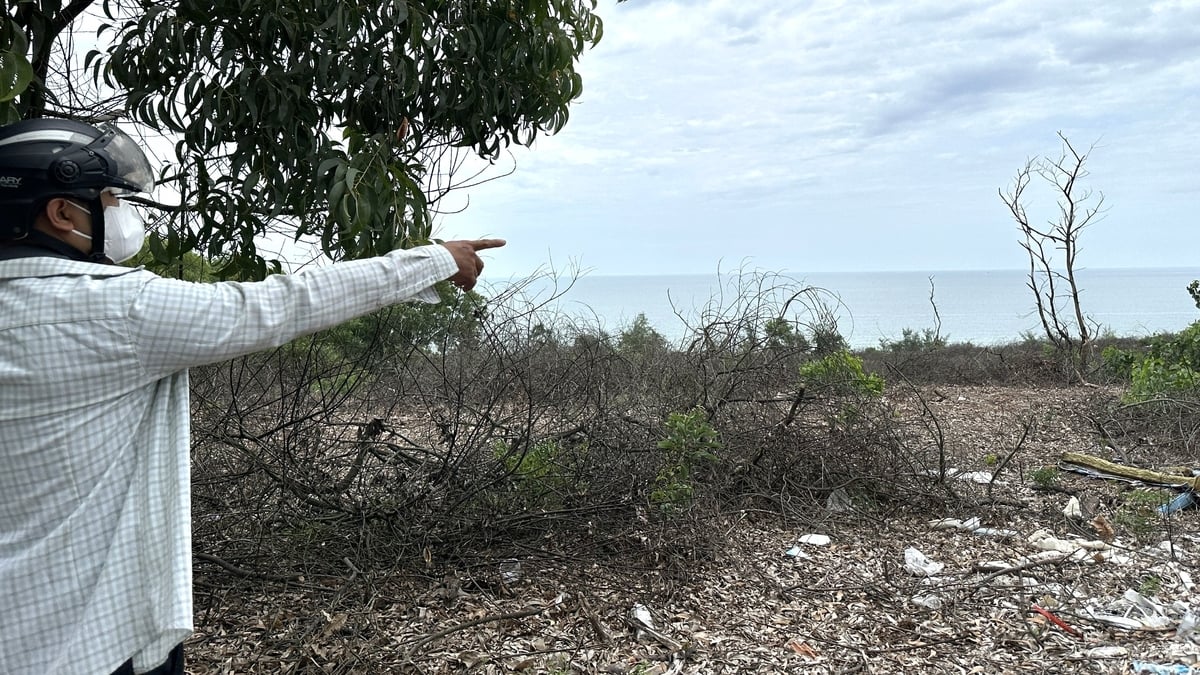


















































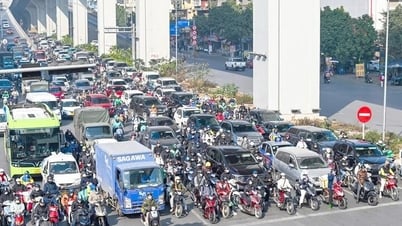






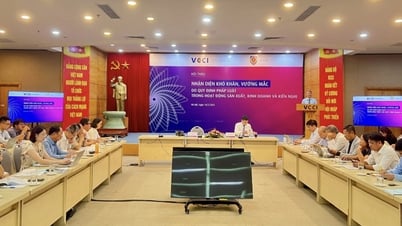






















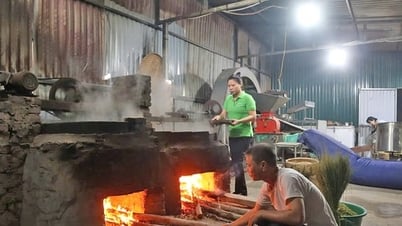










Comment (0)